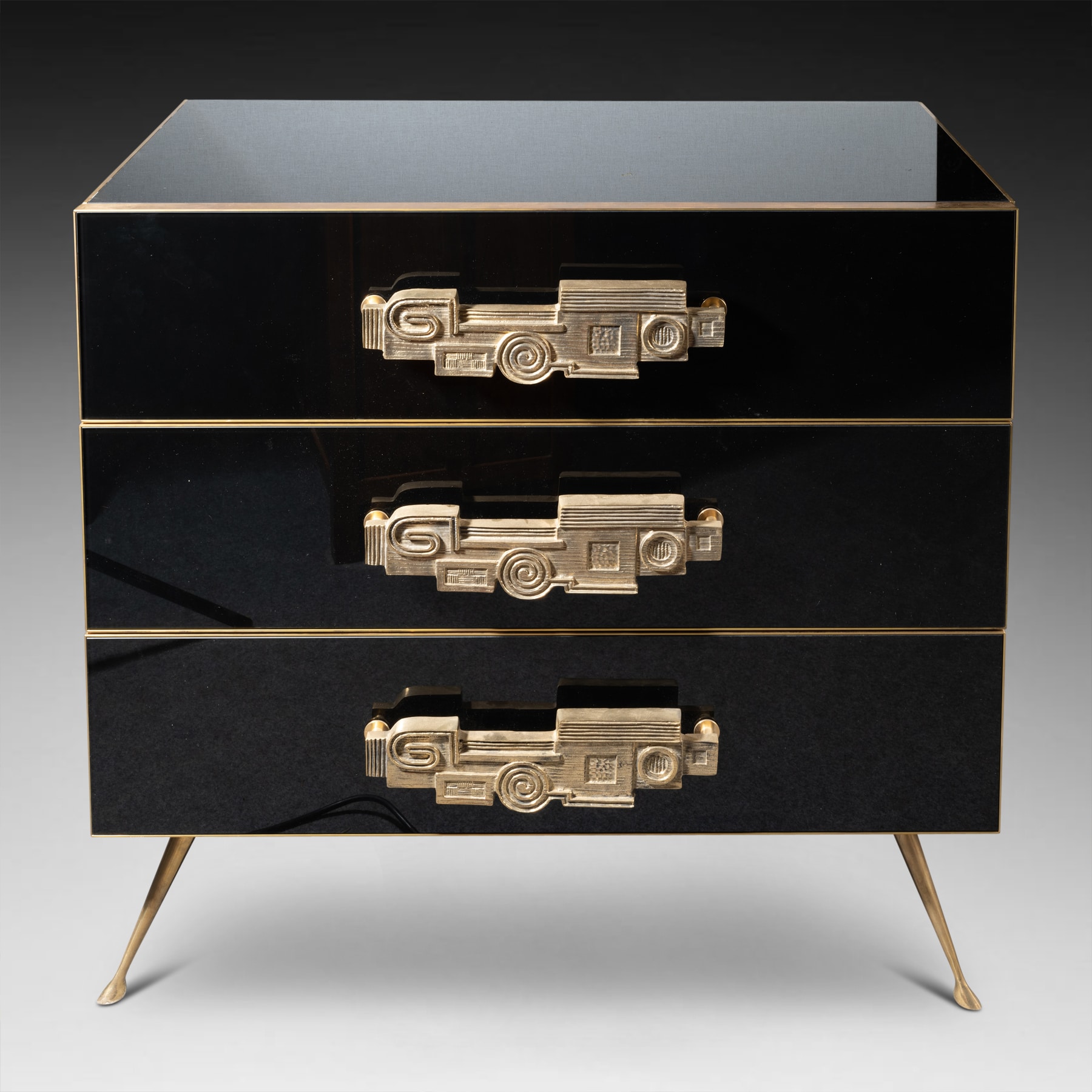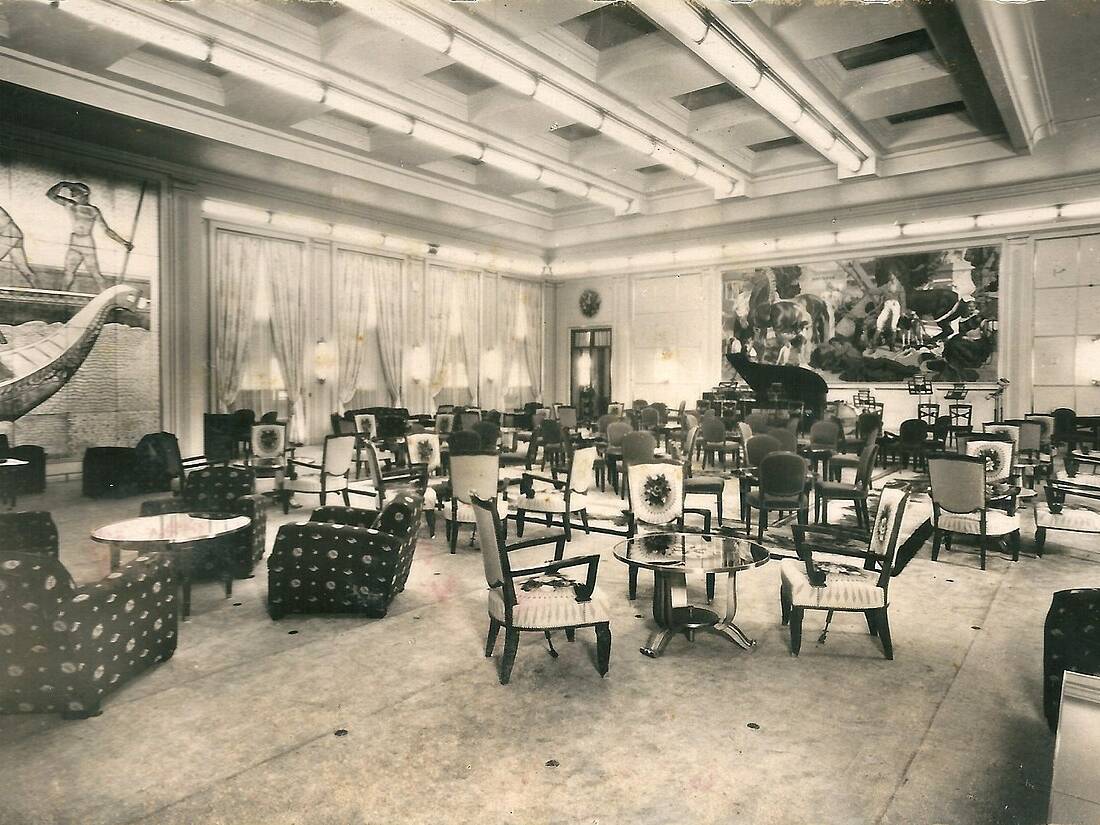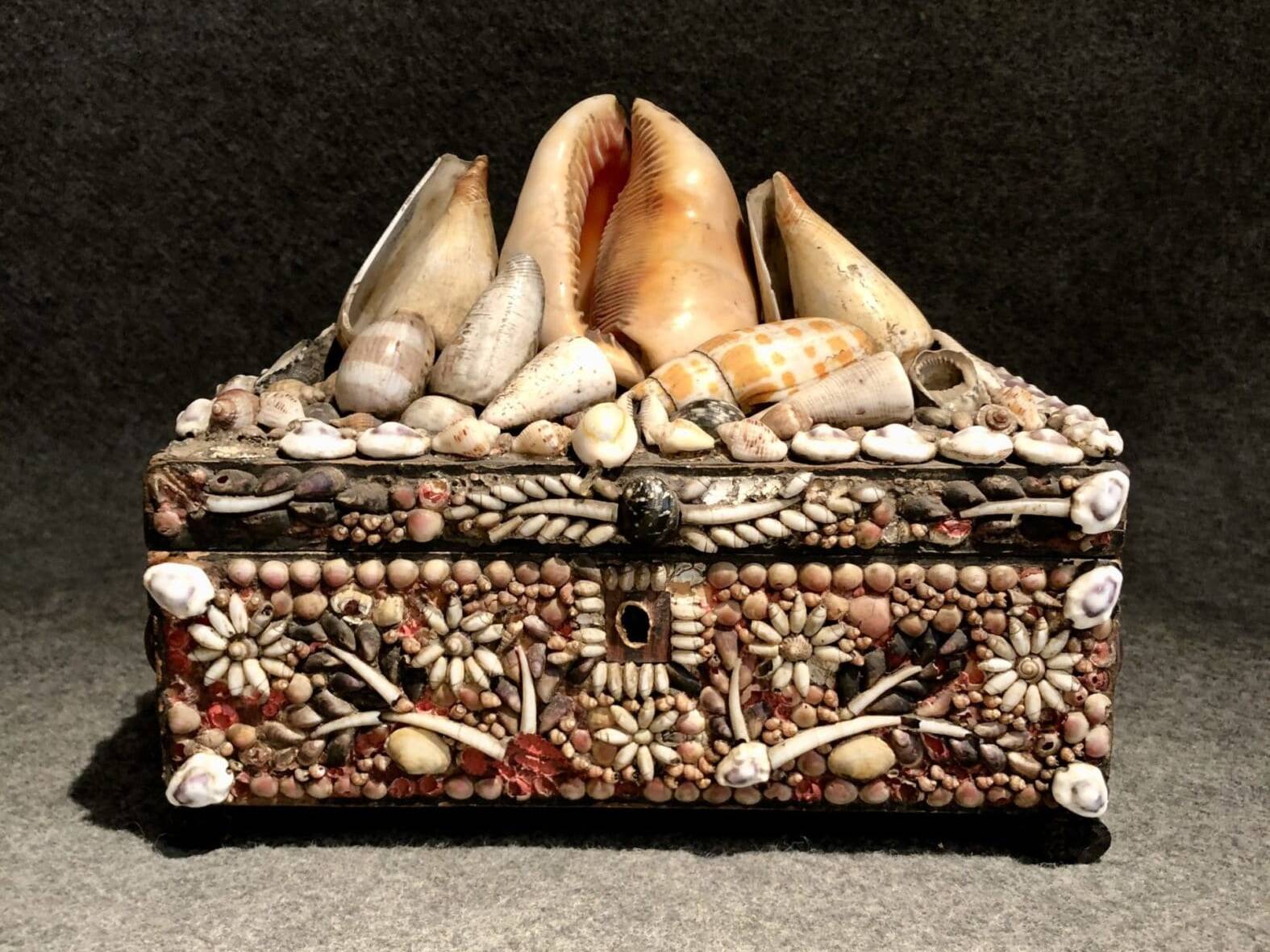Murano Glass Furniture: A Century-Old Tradition Between Craftsmanship and Design
For over a century, Murano glass has established itself as a premier material, not only in its traditional domain of classic and decorative glassware but also in the creation of modern, high-end furniture. Once confined to chandeliers like the iconic Rezzonico models, wall-mounted mirrors, or decorative objects, this material has gradually expanded into new horizons thanks to the ingenuity of designers and the expertise of the master glassmakers from the island of Murano, Italy.
The Golden Age of Murano Glassmaking
After a decline in the 19th century—when crystal dominated the market—Murano’s exceptional glassmakers regained prominence, particularly through industrial exhibitions that showcased their craftsmanship. Iconic houses such as Barovier & Toso, Venini, and Seguso Vetri d’Arte preserved the legacy of Murano’s master glassmakers while incorporating modernist influences. This fusion of tradition and innovation attracted avant-garde designers, leading to fruitful collaborations that introduced glass into furniture design in unprecedented ways.
Founded in 1921 by Paolo Venini, the Venini company played a pivotal role in this renaissance. Under the creative direction of designers like Carlo Scarpa, Gio Ponti, and Tobia Scarpa, the brand revived ancient Murano glassmaking techniques—such as murrine (better known as millefiori) and lattimo (a milk-white glass rivaling opaline)—while introducing new textures and colors into glass furniture.
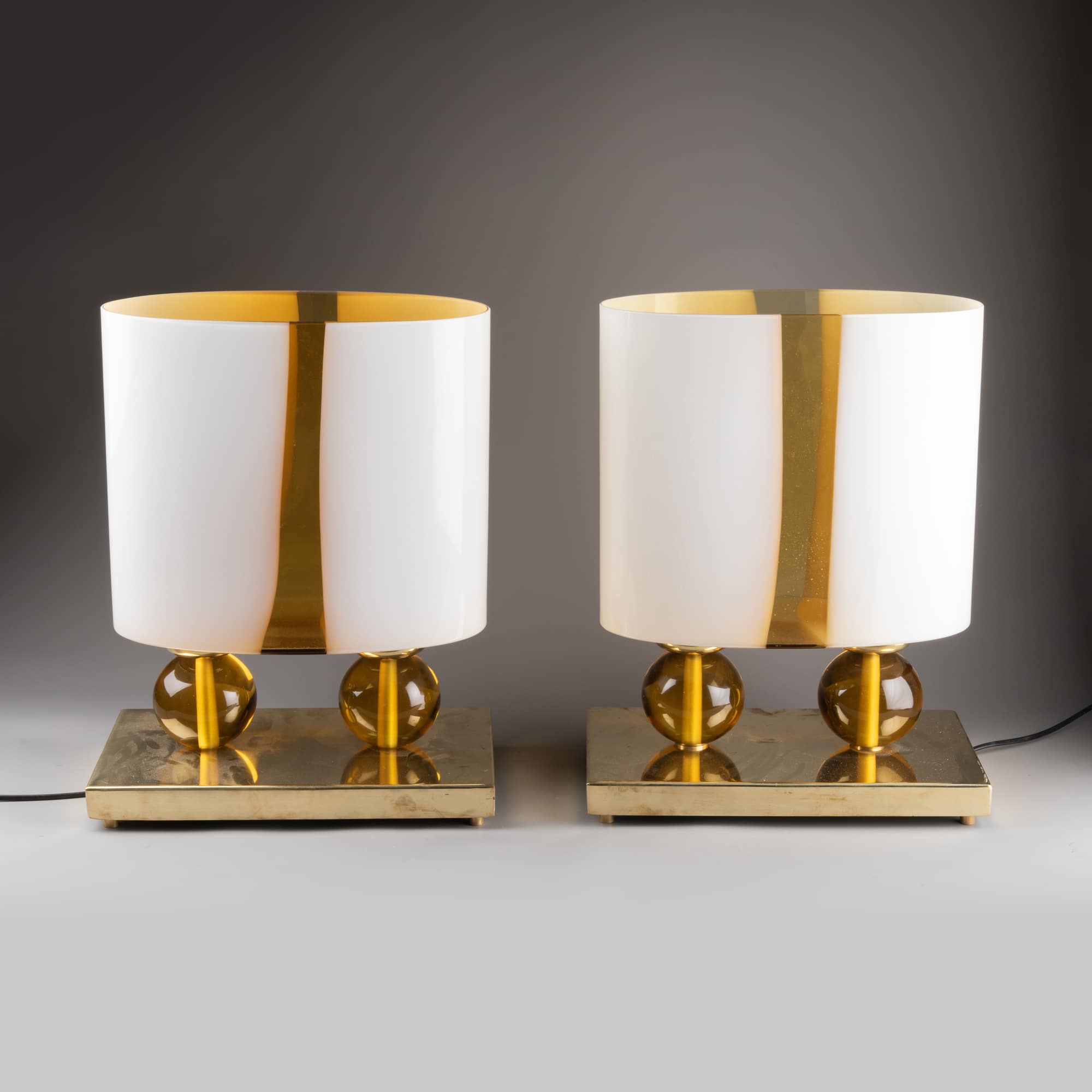
The Post-War Era and the Rise of Glass Furniture
The post-World War II reconstruction era was not only a turning point for architecture but also for interior design. A new way of living emerged, and Murano glass found its place within this modern aesthetic. Glass began to be used in unexpected forms—tables, chairs, and screens adorned with Murano glass offered a lightness and elegance that plastic furniture could not achieve.
Barovier & Toso, for example, innovated with sculpted glass lighting fixtures and pieces that combined crystal with gilded metal, creating a luxurious, timeless aesthetic.
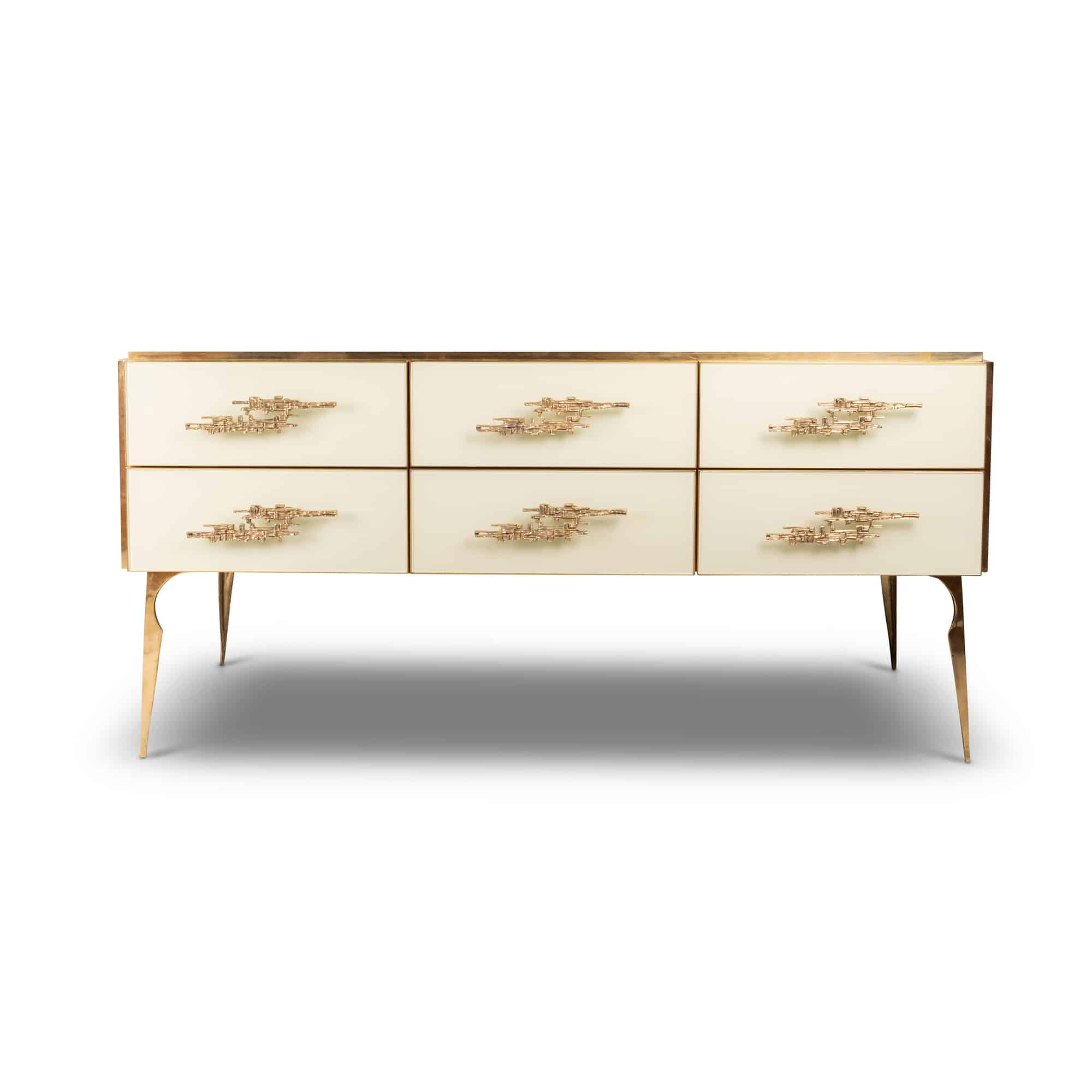
By the 1960s and 1970s, collaborations between designers and Murano glassmakers intensified.
One of the most notable figures of this period was Angelo Mangiarotti (1921-2012), a renowned Italian architect and designer. He experimented with Murano glass, particularly in lighting design, using a minimalist approach that emphasized the material’s transparency and lightness while showcasing its strength. Although not made of Murano glass, his Glass Church in Brazante, Italy, stands as a testament to his expertise with this delicate yet powerful material.
The Contemporary Glass Furniture Revolution
For a time, Murano glass was overshadowed by the rise of modern, cost-effective plastic materials. However, its elegance and prestige soon regained attention. From the 1990s onward, contemporary designers returned to Murano glass, blending its traditional techniques with modern aesthetics. Philippe Starck and Patricia Urquiola have reinterpreted Murano’s glassmaking heritage, merging it with functional and contemporary design. Meanwhile, Venini has continued its prestigious collaborations, integrating centuries-old craftsmanship into resolutely modern furniture.
Post-war brands such as Moretti, founded by brothers Carlo and Giovanni, developed a distinct Italian aesthetic, drawing inspiration from the graphic lines of the 1950s and the vibrant colors of Murano glass. Today, their signature style remains unmistakable.
At the same time, Glas Italia, working with designers such as Piero Lissoni and Jean-Marie Massaud, has pushed the boundaries of glass furniture. Their creations, often characterized by elegant minimalism and historical references, explore the interplay of transparency, color, and texture, creating furniture that seems to defy gravity.
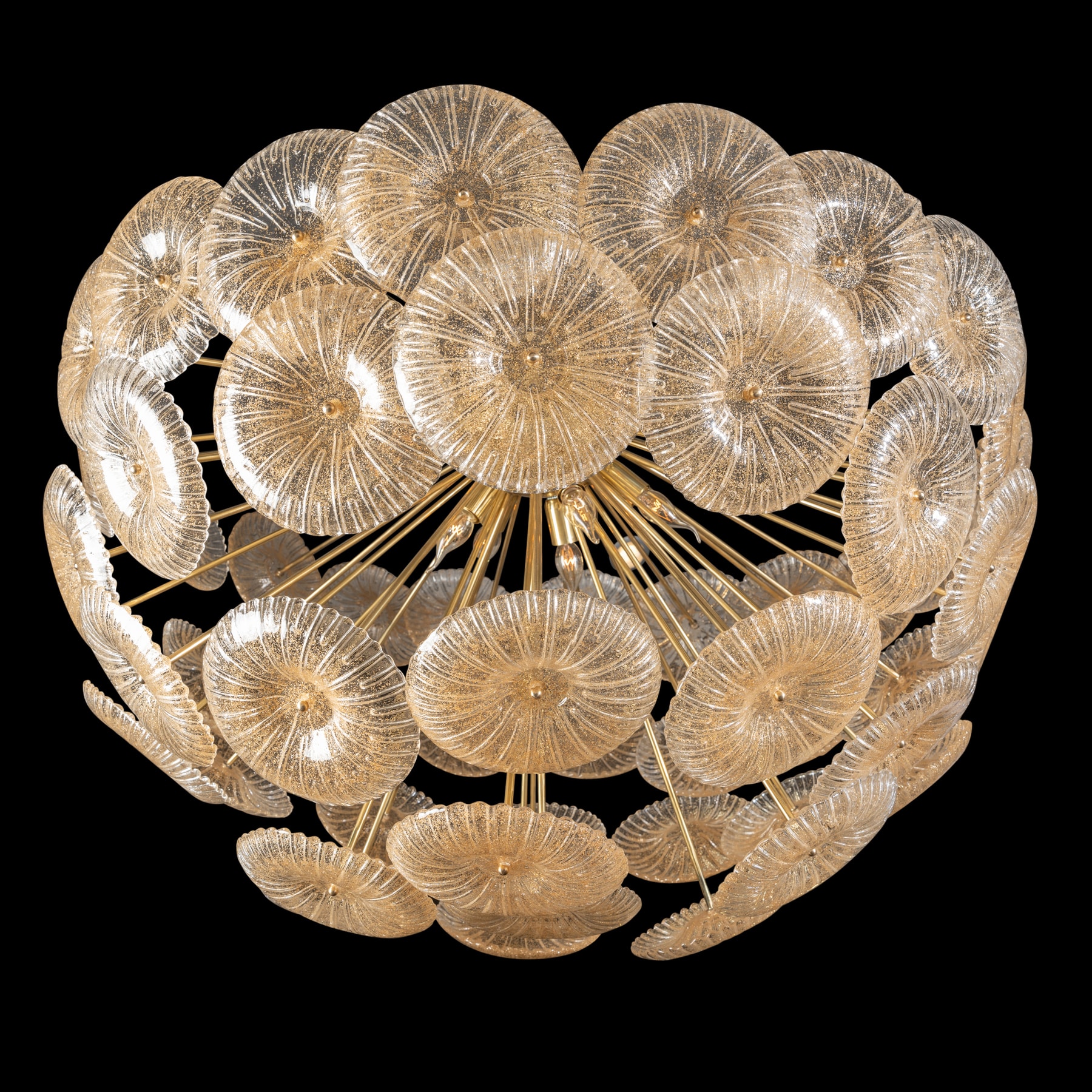
A Legacy Carried Forward
Today, Murano glass furniture continues to shine, sustained by the talents of master glassmakers and visionary designers. A symbol of refinement and excellence, Murano glass remains a hallmark of Italian artisanal heritage. Seamlessly blending art history with innovation, it complements a wide range of styles and materials, from wood and bronze to polished aluminum and contemporary materials.
Each piece crafted in Murano’s workshops is a testament to ingenuity and virtuosity—a timeless legacy that endures through the ages with brilliance and elegance.

Marielle Brie de Lagerac
Historienne de l’art pour le marché de l’art et les médias culturels.
Auteure du blog L’Art de l’Objet
Autres ressources et documentations
28 June 2025
Plaster Sculptures, Plaster Casts
For a long time, plaster casts suffered from a poor reputation. Often regarded as crude replicas, and sometimes even dismissed as inexpensive imitations, they nonetheless had…
17 April 2025
The Middle-Ages Furniture
Rare and highly sought-after, Middle-Ages furniture is making a strong comeback. An overview of this market, where enlisting the guidance of a professional is strongly advisable.
16 December 2024
A bronze triton after the sculptures of François Girardon (1628 – 1715) in Versailles
This fountain element is all the more admirable as it is sculpted after the masterpieces of the Pyramid Basin, on the parterre of the North Wing of the Versailles gardens.
18 November 2024
Tyco Bookcase, by Manfredo Massironi, for Nikol International
A pure creation of optical art research in the 1960s, the Tyco library shelf designed by Manfredo Massironi invites the viewer to bring the work of art to life on a daily basis.
3 August 2024
The Ocean Liner Style
In the 20th century, the immense ocean liners connecting the Old Continent and the New World were ambassadors of tastes and innovations on both sides of the Atlantic.
15 July 2024
An 18th Century Shell Box
From the Regency to the death of Louis XV, the art of the shell was the center of all attention.

